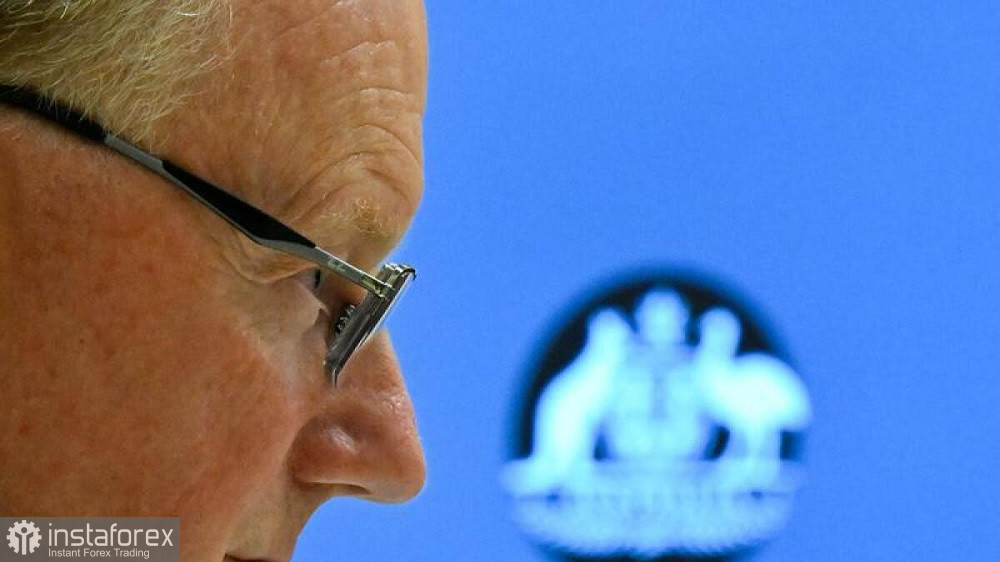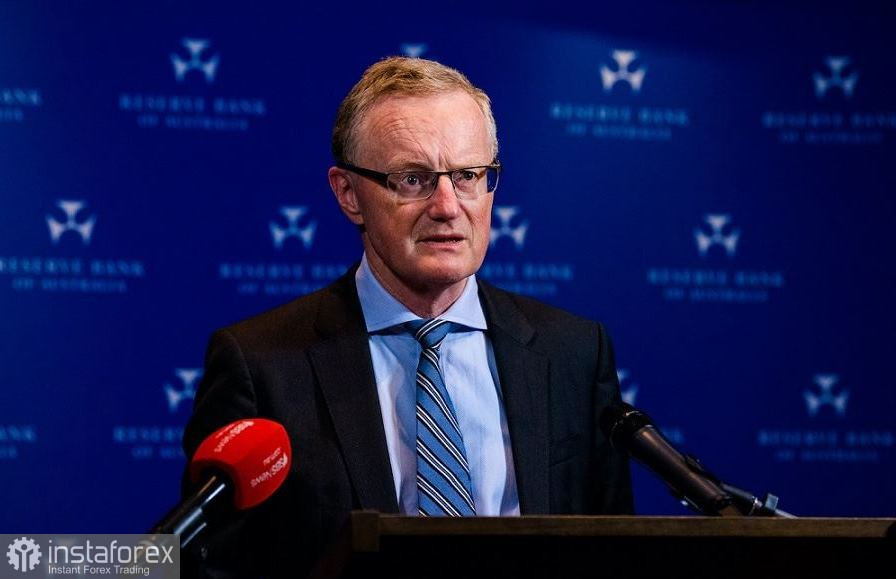The AUD/USD pair, following the results of the March meeting of the Reserve Bank of Australia, updated the two-month price low, marking below the 0.6700 mark. The bears gain a foothold within the 66th figure, despite the decline in the U.S. dollar index ahead of Jerome Powell's speech in Congress today.
Formal results
In general, the results of the March meeting of RBA members coincided with the expectations of most experts. The regulator increased the interest rate by 25 points (that is, to 3.60%), saying, at the same time, that the central bank will need further tightening of monetary policy. That is, from a formal point of view, the Reserve Bank has maintained a hawkish rate, despite various rumors of a "dovish" nature.

But the devil, as you know, is in the details. It was the details of the March meeting that put pressure on the Australian dollar, which sank throughout the market. By and large, the AUD/USD pair refrained from falling to the base of the 66th figure only thanks to the U.S. currency, whose positions are weakening again. It can be assumed that if Powell turns out to be on the side of the greenback today, the downward trend will resume with renewed vigor, since the aussie no longer enjoys support from the RBA.
Important signals from the RBA
So, the formal results of the March meeting coincided with analysts' forecasts. However, the rhetoric of the accompanying statement disappointed AUD/USD buyers. Among the many messages, it is necessary to highlight a few.
First, the regulator said that the monthly CPI reading indicated that "inflation in Australia has reached its peak." Thus, the central bank reacted to the latest inflation release. The CPI fell quite sharply in January to 7.4%, while the forecast was for a decline to 8.1%. Inflation growth slowed down due to weak growth in fuel prices, as well as food prices. As you can see, the central bank unequivocally interpreted this release, declaring that the peak of inflation growth was left behind.
Secondly, the Reserve Bank of Australia stated another important fact—the growth of the Australian economy has slowed down. Here it is also necessary to make a reference to the recently released report, according to which the volume of Australian GDP in Q4 2022 increased by only 0.5% compared to the previous three months. This result turned out to be lower than forecast estimates—most experts expected to see an increase of 0.8%.
Thirdly, RBA members commented on the possible risks of a price-wage spiral given the limited free capacity in the economy amid low unemployment. The accompanying statement said that wage growth in the country continues to accelerate "in response to a shortage of labor supply in the labor market and rising inflation." However, at the same time, the central bank notes that the growth rate of wages at the moment "still corresponds to the target inflation rate."

But, perhaps, the key know-how of the March meeting of the RBA is the softening of the wording of the accompanying statement. In February, the text of the final communique was very straightforward: it was indicated that in the coming months the central bank would need a further increase in the interest rate "to guarantee the return of inflation to the target level." The March text of the statement looks different: the Central Bank refused to talk about future interest rate hikes. Instead, the RBA adopted more vague language, noting only the need for further tightening of monetary policy. Such a verbal signal was interpreted by the market unambiguously as a softening of the RBA's rhetoric.
conclusions
Despite the formally hawkish results of the March meeting of the Australian regulator, the general conclusions are clearly not in favor of the Aussie. Apparently, the central bank is nearing the end of the current cycle of tightening monetary policy. Softer rhetoric in the accompanying statement, more vague Philip Lowe, slower inflation and weak Q4 GDP growth all mean that the Reserve Bank of Australia is one step closer to publicly discussing the pause.
The market reacted to the results of the March meeting in the appropriate way: the Aussie was under pressure both against the greenback and in the main cross pairs. Now the last puzzle in the form of Jerome Powell is needed for the development of the downward AUD/SUF trend. Today and tomorrow, the head of the Fed will speak in the US Congress, and if he does not put pressure on the U.S. currency, the aud / usd bears will be able to test the nearest support level of 0.6650 in the medium term.
From a technical point of view, the pair on the D1 timeframe is between the middle and lower lines of the Bollinger Bands indicator, as well as under all the lines of the Ichimoku indicator (including the Kumo clouds). The lower line of Bollinger Bands (0.6650) is the nearest price barrier. If sellers of aud/usd overcome it, they will be able to count on a decline to the area of the 65th figure. In general, the existing fundamental background contributes to the development of the southern movement.
 English
English 
 Русский
Русский Bahasa Indonesia
Bahasa Indonesia Bahasa Malay
Bahasa Malay ไทย
ไทย Español
Español Deutsch
Deutsch Български
Български Français
Français Tiếng Việt
Tiếng Việt 中文
中文 বাংলা
বাংলা हिन्दी
हिन्दी Čeština
Čeština Українська
Українська Română
Română

